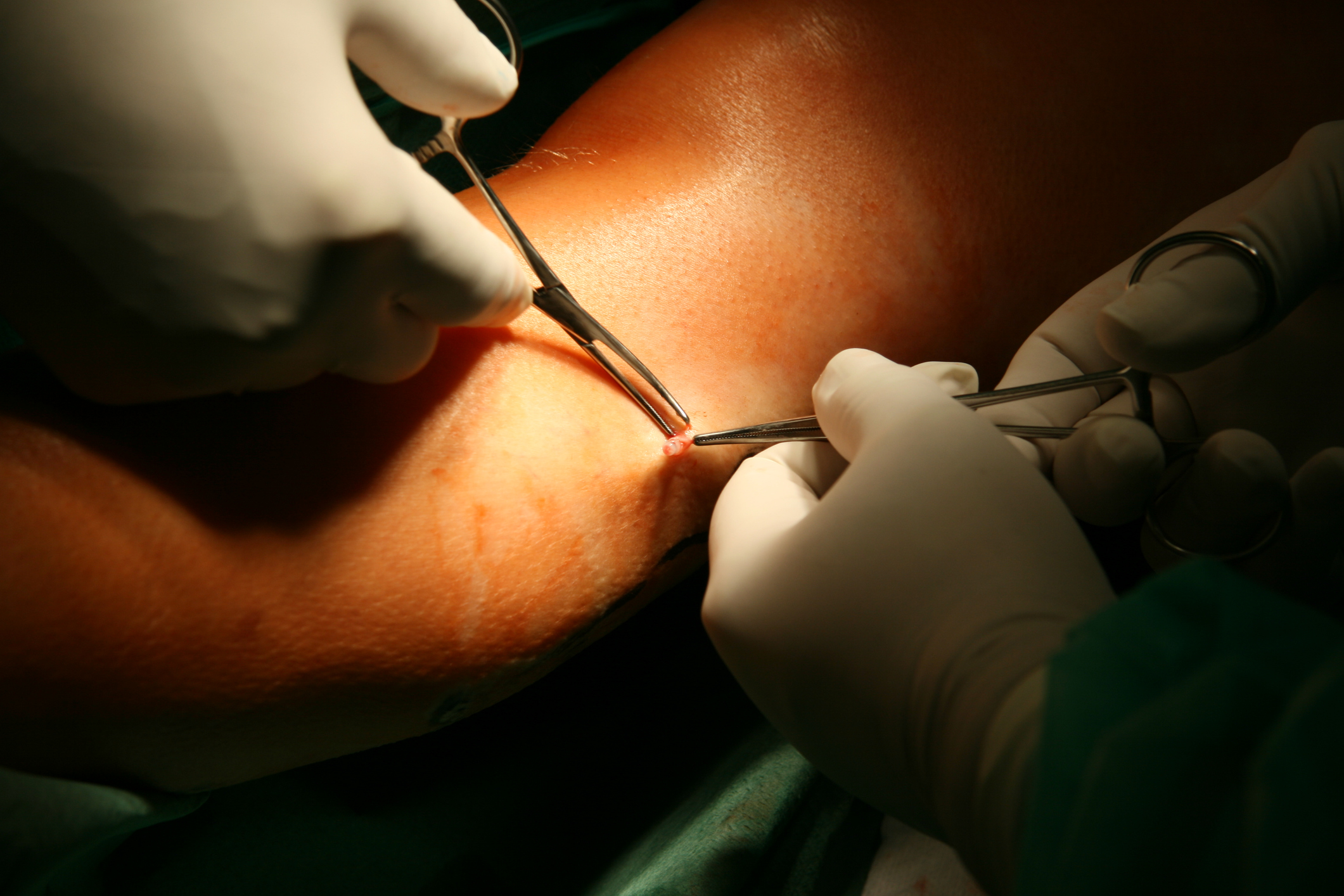For those suffering from unsightly large, bulging veins that can cause pain and fatigue, there is a solution! The Vein Institute of New Jersey offers easily accessible and, virtually, painless treatment that can help improve your circulation and self-image.
Microphlebectomy
Microphlebectomy is the medical term for the removal of large or medium-sized protruding varicose veins. It’s done through tiny incisions in the leg.
Here are some commonly asked questions that we hear regarding this procedure:
What is a Microphlebectomy?
Microphlebectomy (also known as Phlebectomy, ambulatory phlebectomy, or stab Phlebectomy) is a technique to remove varicose veins. In this procedure, several tiny cuts (incisions) are made in the skin through which the varicose vein is removed. Stitches are rarely required. Special local anesthetic (numbing medication) called “tumescent” is injected into the area surrounding your vein. Phlebectomy might be done along with another treatment for varicose veins, such as ablation.
Is Microphlebectomy Safe?
While the name may sound complex and intimidating, microphlebectomy is an outpatient office procedure and is a safe and effective method for improving the look and feel of the leg. Microphlebectomy is performed with local anesthesia, thereby eliminating any anesthetic risks to you. Local anesthesia keeps the procedure simple and safe, while also keeping you pain-free. It works in a similar manner to the Novocaine that's used in the dentist's office during dental procedures. It keeps the discomfort level to a minimum yet allows for the safe removal of the vein.
Are There Risks Involved with Performing a Microphlebectomy?
There are very few risks associated with microphlebectomy, providing that careful and sterile measures are used throughout. Infection must be avoided and this can be achieved through use of sterile equipment that we always employ throughout our seven offices at the Vein Institute of New Jersey. Standard operating room protocols are used to ensure that infection remains a rare complication of microphlebectomy.
Don’t I Need the Veins You Remove?
Quite simply, NO! The blood that is carried by these small surface veins is easily re-routed to the larger veins deeper in the leg without any harm to you.
Will the Microphlebectomy Procedure Hurt?
Most patients say that the procedure does not hurt at all. You will feel the pin prick of the needle as we inject the anesthetic, but then the area is numb. You will not feel any of the incisions. You will not feel pain from the veins being removed. Rarely will patients require a stronger painkiller post-operatively.
Is There Scarring from the Procedure?
Scarring is usually minimal to non-existent since the incisions are so small.
What is the After-Care Procedure?
Your leg will be comfortably wrapped in a supportive ace bandage for 24-48 hours to assure the best possible cosmetic results. Some patients like to wear a compression stocking or continue with the ace bandage for several more days as they like the support they feel from the bandage.
Is there “Down” Time for a Microphlebectomy?
You will need to take it easy for the first 24 hours, but walking is encouraged to promote healing - you will walk out of the office! After the 24-hour period, normal activities can be resumed within your restrictions. Your restrictions will apply for one (1) week post-operatively.
To sum up, microphlebectomy is a safe and effective treatment for varicose veins as long as it is performed by proficient and experienced varicose vein medical professionals. At the Vein Institute of New Jersey, we safely perform this procedure in an outpatient, office setting with local anesthesia. Most importantly, our doctors provide rapid results that you will realize immediately.
To find out if microphlebectomy is right for you, schedule an appointment with one of our vein treatment specialists today!









.jpg?width=944&name=Castle-Connolly-Top-Doctors-Emblem-Large%20(4).jpg)